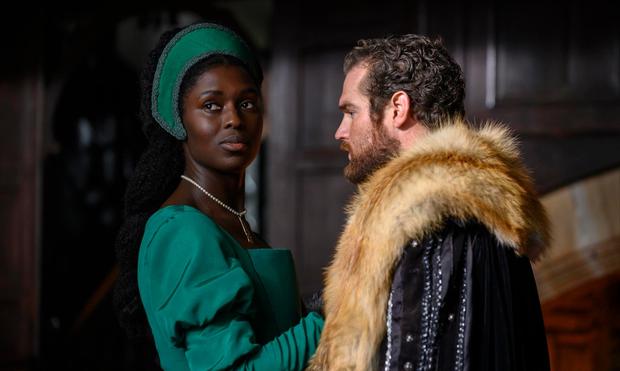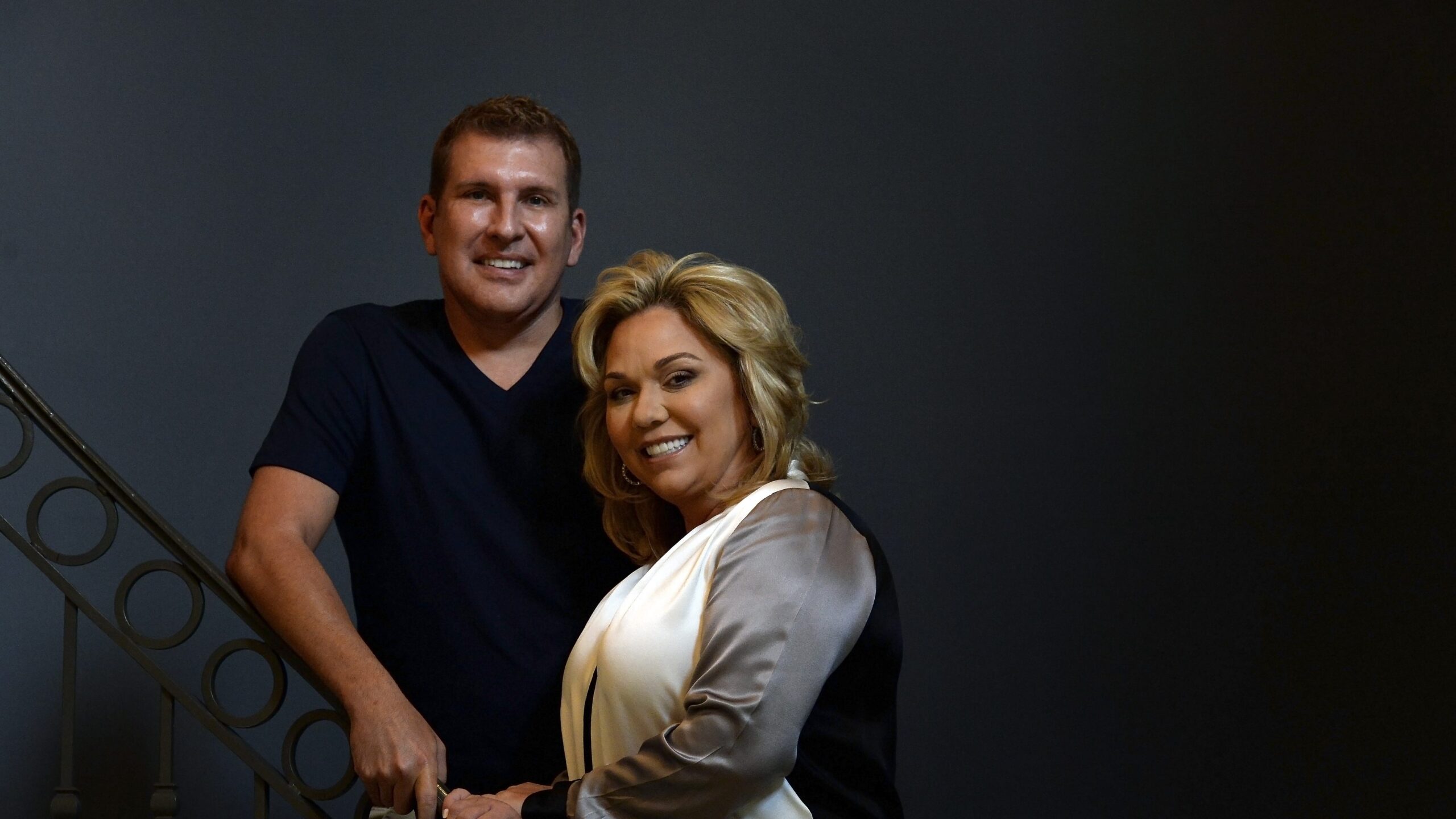DEAR GAY
RTÉ One, Wednesday, 9.35pm
ANNE BOLEYN
Channel 5, Tuesday-Thursday, 9pm
THE MASKED DANCER
ITV, nightly, 7.30pm
Probably the best thing about RTÉ’s midweek feature, Dear Gay, is that it is a reminder of life before social media.
It’s easy to be sentimental about the past, forgetting the awful things that went on and only remembering the good; but in an age when people post their thoughts and feelings every minute of the day, it can easily seem as if the sharing of experience has become cheapened, devalued.
The letters sent by listeners to The Gay Byrne Show on RTÉ Radio One, which the legendary broadcaster used to read out each morning, had huge power because they came in the context of a culture that was far more reticent than today. It cost something to share your darkest truths back then, and not just the price of an envelope and a stamp.
Producer and director Sarah Ryder kept things simple, as Gaybo did, allowing the personal stories to speak for themselves. Having the original authors on screen decades later, reading their own words, made for a moving fusion of past and present.
The documentary also gave rightful prominence to the role of Gay’s personal assistant, Maura Connolly, who read every letter that came in, making the ‘Letter of the Week’ such an important institution in Irish life at the time.
From women revealing, for the first time openly, the misery of their dysfunctional marriages, to the horrors that went on in Mother and Baby Homes, and the desperate pleas for help from the Gay Byrne Fund in the 1980s from listeners who were struggling to cope in the shadow of mass unemployment, Dear Gay managed to present a searing oral history of a painful past without overlooking the happier and more innocent letters that also featured in Gay’s radio show each morning. He was a genius at mixing light and dark in that way.
Much has been made of his “empathy” since Dear Gay was broadcast, but that may slightly misunderstand his method. He didn’t emote or twang his own heartstrings. Gay was always measured in everything he said and did, a little detached even, and that gave his voice more power, because it seemed to come from a place of wisdom and calm rather than righteous anger.
He was able to challenge the often skewed values of conservative Ireland more powerfully because he appreciated and cherished the country’s strengths in those days too. He was a conservative man himself, not some ranting radical. If he had been more strident, his show wouldn’t have been nearly so effective.
Overall, two years after his death, it was just good to see him back on screen again, and to hear his voice one more time.
RTÉ’s archive remains a criminally underused resource. There are so many great clips and documentaries and arts features which have vanished into a black hole of time from which they deserve to be rescued.
The first thing worth noting about Channel 5’s new, much-hyped, big budget, three-part historical drama was the title. Billed as a no-holds-barred “psychological thriller” about the last months in the life of Henry VIII’s doomed second wife, producers decided to go with the title… Anne Boleyn. Let’s just say it couldn’t have taken them long to come up with that one.
The main interest when the series was announced was that the actor playing Boleyn, Jodie Turner-Smith of Queen & Slim fame, is black, which started a whole debate about whether representation matters more than historical accuracy.
It’s a tricky one. Anne Boleyn was obviously not black, but TV drama has an obligation to reflect the multicultural society that it serves, more than it needs to be true to the 16th century. Having said that, there were a few jarring moments in the opening episode. Anne had some suspiciously modern and progressive ideas about how to distribute wealth more fairly.
Ultimately, though, you just have to trust the audience to know that they’re watching a story rather than a documentary.
As such, Jodie Turner-Smith’s skin colour quickly ceased to matter very much. She was not playing Anne Boleyn as if she was a black woman. She simply happens to be black, and to be playing Anne Boleyn. If anything, the fact that she was black, and most of the court was white, worked effectively in emphasising her isolation and otherness as she fell quickly out of favour because of her failure to produce a male heir for her unstable husband.
Turner-Smith was actually the best thing in the drama, which otherwise contented itself with dutifully ticking off events familiar from countless previous adaptations, not least Wolf Hall and The Tudors, without adding anything particularly fresh to them.
This is scriptwriter Eve Hedderwick Turner’s first major project, so some leeway must be allowed, but her take on the story was just too respectful, too timid. It was hard not to long for a much more iconoclastic version of that schoolbook history, in the riotous manner of the recent Netflix/Channel 4 series The Great, about Catherine II of Russia.
A few saucy bedroom scenes, and a gratuitous same-sex kiss between Boleyn and Henry’s soon-to-be third wife Jane Seymour, hardly made up for those clunkily symbolic dream sequences.
Some purport to see The Masked Dancer as the ultimate expression of a dumbed down, celeb-obsessed culture; but I must confess, I find it utterly delightful.
There’s no malice or toxicity in it, and no hint of the desperation that often hangs over celebrities past the peak of their careers when they sign up for such shows. Here they just dress up in ridiculous costumes – chickens, Knickerblocker glories – and dance, as fellow celebrities try to guess who they are. Take it or leave it, it won’t hurt anyone
either way.








